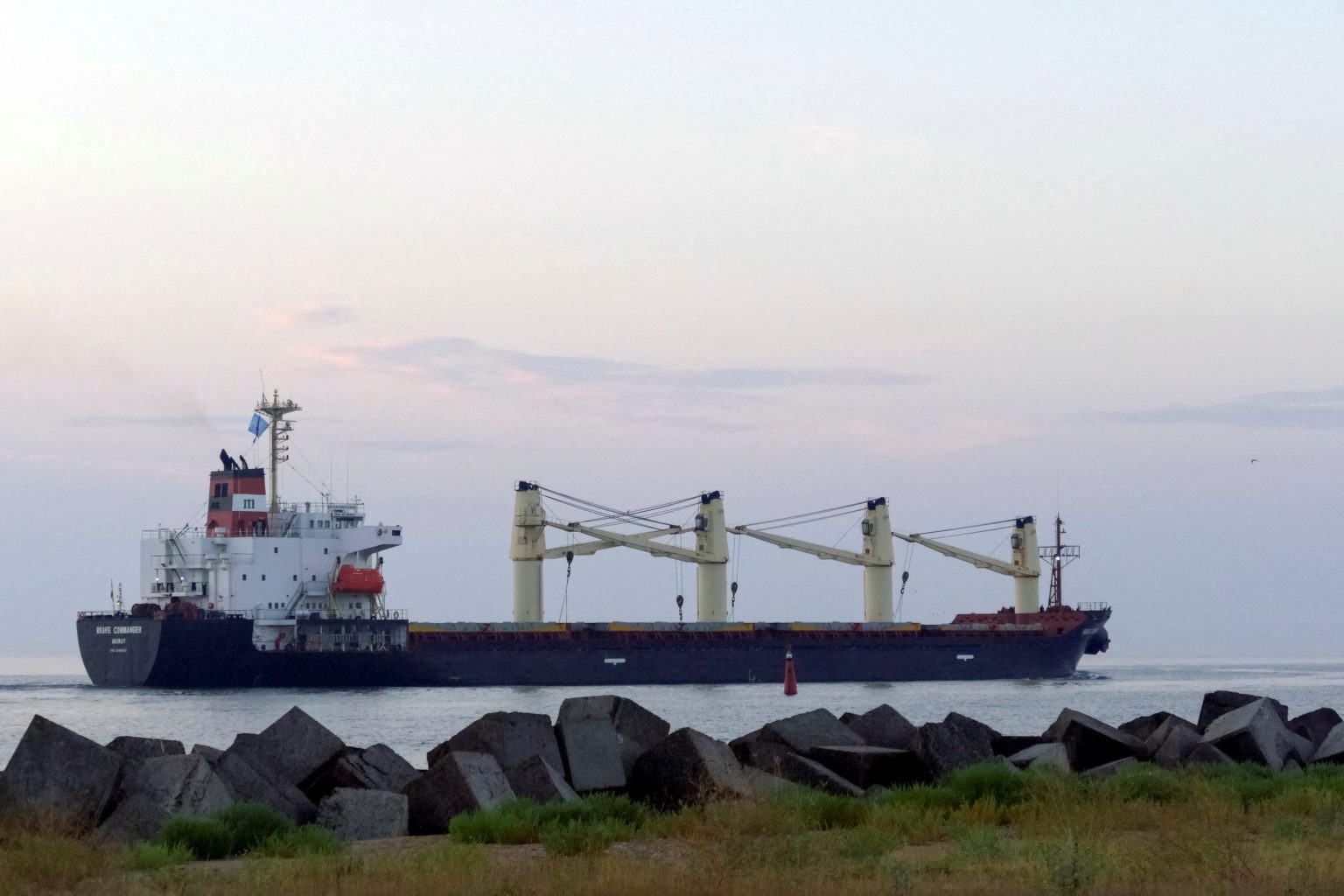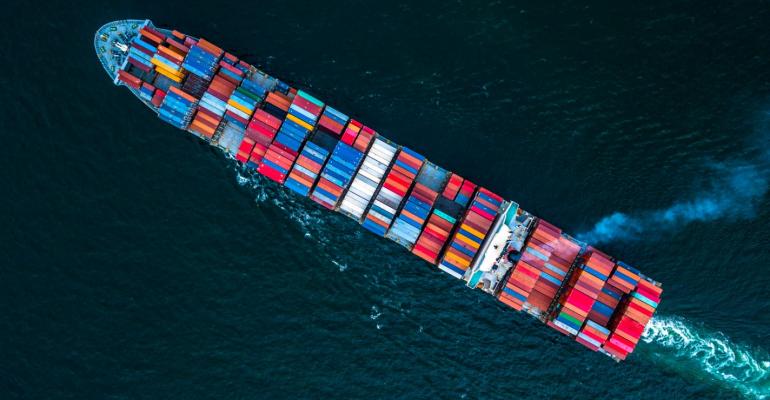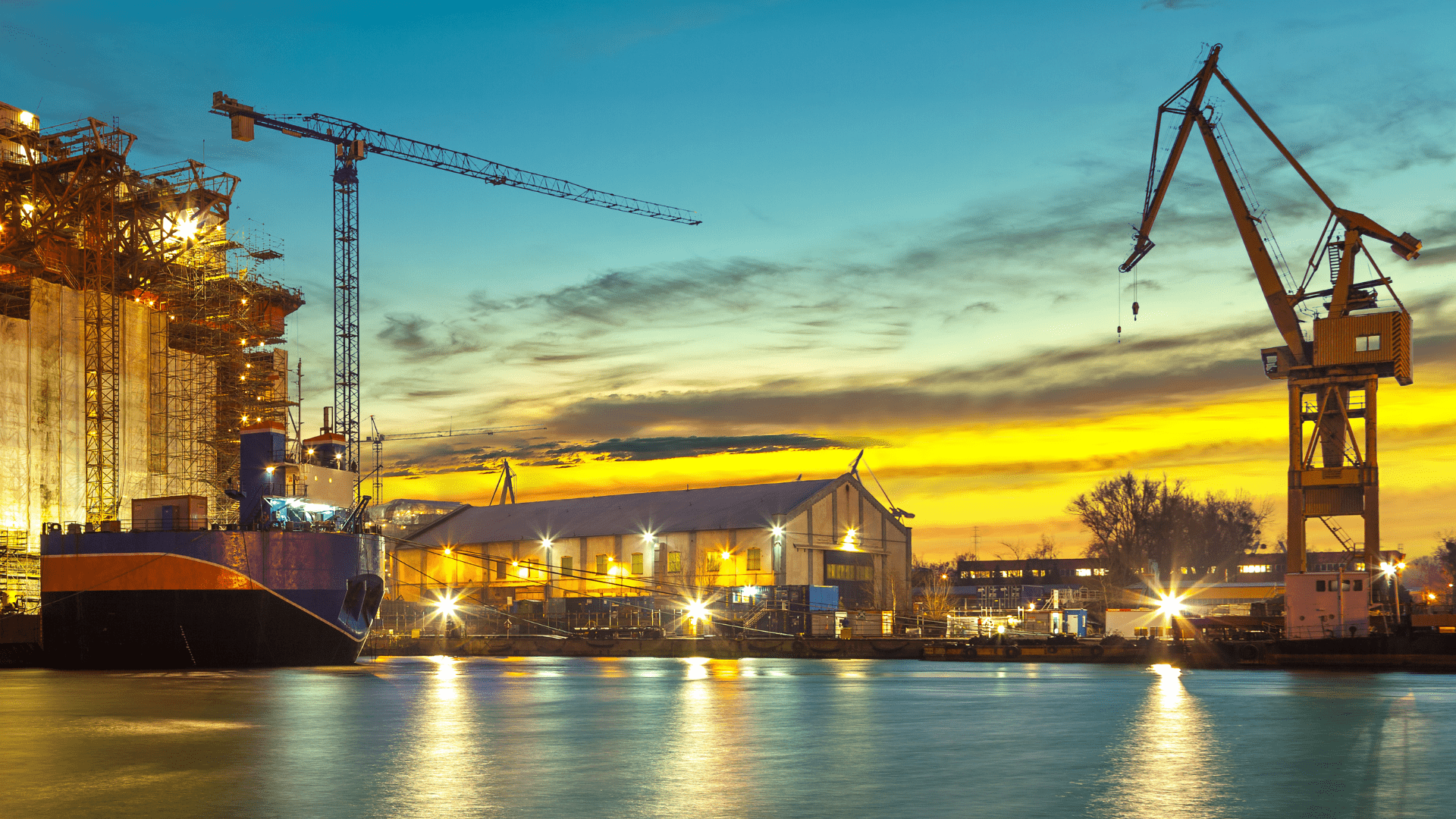USTR Action on Chinese vessels & operators – Clarification on the implementation of the proposed charges.
On 10 October 2025 the United States Trade Representative (USTR), issued a Notice of Modification and Proposed Modification of Section 301 Action: China’s Targeting of the Maritime, Logistics, and Shipbuilding Sectors for Dominance. This follows the previous determination and our earlier articles, which are accessible via our dedicated US–China Tariffs Insights page.
By way of background, on 3 October, Customs and Border Protection (CBP), the US agency tasked with administering the system, set out guidance on the payment system – summarised in our article. That guidance suggested that revisions to the original determination for Annexes III and IV had been adopted.
This latest USTR Notice modifies determinations made under Annexes III (Service Fee on Vessel Operators of Foreign-Built Vehicle Carriers) and IV (Restriction on Certain Maritime Transport Services.) and places additional tariffs on some Chinese-built cargo handling equipment including ship to shore cranes.
The Modifications
The Annex III (Service Fee on Vessel Operators of Foreign-Built Vehicle Carriers) modifications that came into effect with this Notice set the service fees applicable above zero-rate from 14 October at US$46 per net ton rather than the US$14 suggested in the CBP guidance document.
Those ships that fall into Annex III that are also enrolled into the US Maritime Security Program will also be exempt. There is no mention of those fees increasing on an annual basis as set out for ships that are subject to Annex II (Service Fee on Vessel Operators of Chinese-Built Vessels.)
The Notice also removes the ability of the USTR to suspend the LNG export licences of any party not complying with Annex IV. This is explained as being a move to ensure the United States’ energy security.
Annex II Clarifications
The Notice also provides some clarification on the exemptions set out in Annex II (Service Fee on Vessel Operators of Chinese-Built Vessels). The USTR has referred to the codes described as the “International Classification of Ships by Type”. General Exemptions Ships arriving that are not subject to 19 U.S.C 1441 (exceptions to vessel entry and clearance requirements) or are exempt from arrival formalities by some other means, will not be subject to the Annex II tariffs.
This clarification appears to exempt ships calling in ports in the United States for distress or refuelling purposes.
Distance Exemption
This document makes clear that the 2,000nm exemption applies for the whole of the laden voyage and not for individual legs. The example given is a container ship trading from Singapore to Long Beach and Oakland via Lázaro Cárdenas, Mexico. As the laden leg from Singapore to Lázaro Cárdenas is greater than 2,000nm, the fact that the shorter leg from Lázaro Cárdenas to Long Beach and Oakland is fewer than 2,000nm, is not taken into account in determining if the exemption applies.
However, should the container ship in this example then pass through the Panama Canal enroute from Long Beach to Savannah, and provided that the ship does no more than transit and take bunkers or carry out a crew change there, that would still be considered to be a ‘coastal’ trade, and the port fees would not be due both in Long Beach and Savannah.
Bulk Carriers
Bulk Carriers (including oil carriers) falling into the following categories:
- 210 [Described by USTR as Other Bulk/Oil Carrier]
- 211 Ore/Bulk/Oil
- 212 Ore/Oil
- 213 Bulk/Oil
- 221 Ore Carrier
- 222 [Described by USTR as Bulk/Container Carrier]
- 229 Other Bulk Carrier
- 323 Irradiated fuel carrier
Container Ships
Container ships of less than 4,000 TEU within ICST classification 310 (Container ships) will be exempt from the Annex II tariffs.
Specialised Chemical Carriers.
Ships fitting within the ICST classification of 120 (Chemical Tanker) may be exempt from these charges.
All Other Ships
All other ships that do not qualify for an exemption elsewhere of fewer than 55,000 DWT may be eligible for an exemption to these fees.
Finally, the document opens consultation on whether Chinese-built “lakers” (vessels operating on the Great Lakes) fall under Annex II, adding exemptions under Annex III for ships falling into the annex of fewer than 10,000DWT, and to introduce a new Annex V.B for cargo carrying equipment built by Chinese companies. The period of consultation remains open until 10 November 2025.
Any ships subject to fees under the current system but which may be subject to fee modifications in any of the proposals made in the 10 October Notice, namely:
- 130 Other Liquified Gas Carrier
- 131 LPG Carrier
- 139 Other Liquified Gas Carrier [This appears twice under two codes in the Notice]
- 325 Vehicle Carrier
- 332 Ro-Ro Passenger
- 333 Other Ro-Ro Cargo
- 338 Ro-Ro Container
Conclusion
As advised previously, should members be unsure about how this program of port fees will affect them, they should seek US law advice or contact the club’s dedicated team or their usual club contact, who will be able to provide further assistance. Source: North Standard



